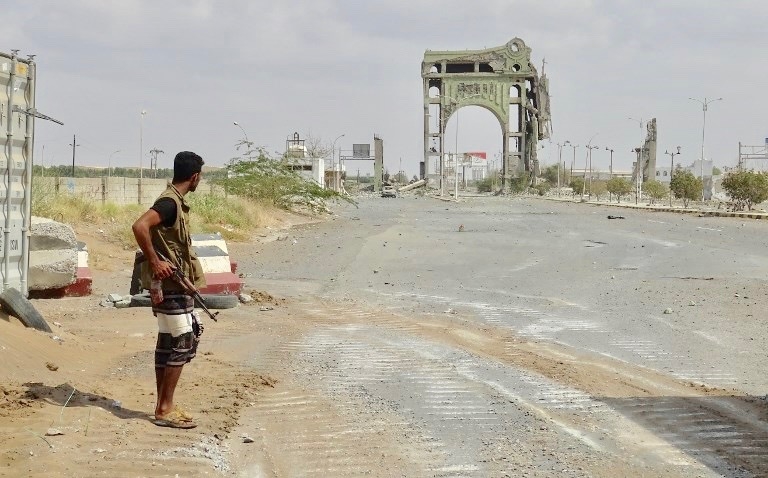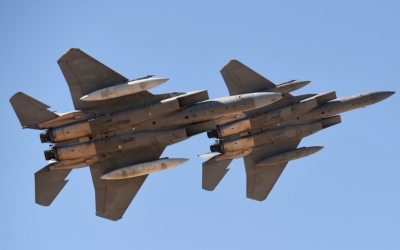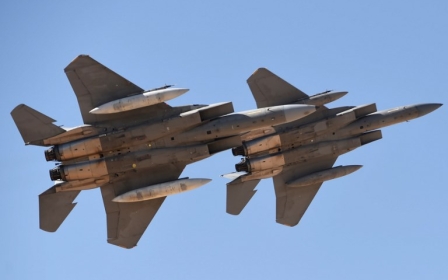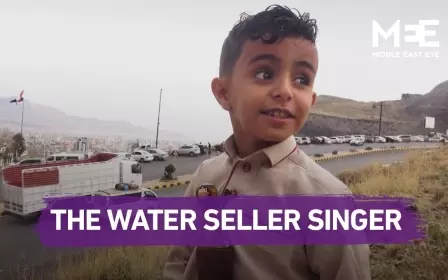Houthis and Yemen's government set up joint observation posts in Hodeidah

Yemen's government and Houthi rebels have set up joint observation posts as part of de-escalation moves in the flashpoint city of Hodeidah, a move the United Nations welcomed on Wednesday.
Martin Griffiths, the UN's envoy for Yemen wrote on Twitter that the establishment of the four positions along frontlines in the key port, and the deployment of liason officers, were positive moves.
"This step forward will enhance de-escalation in flashpoint areas and save lives," he wrote on Twitter.
The Saudi-backed government and the Houthis have been embroiled in a devastating conflict since 2014.
Last year, loyalists backed by the Saudi-led military coalition launched an offensive to retake the Red Sea port city, which serves as a crucial entry point for imports and humanitarian aid.
UN-brokered talks in December between the warring parties in Sweden yielded a series of breakthroughs, including a ceasefire in Hodeidah, where fighting largely ceased.
In May, the UN announced that the rebels had withdrawn from Hodeidah and two other nearby ports, the first practical step on the ground since the truce deal.
UN observation mission chief Abhijit Guha also welcomed the establishment of joint observation posts, which were "designed to facilitate direct inter-party de-escalation in flashpoint areas seen as susceptible to conflict," according to a UN statement.
A government official, who requested anonymity, told the AFP news agency the observation points had been working "smoothly".
The Saudi-led coalition intervened in Yemen in March 2015 to bolster the government after the rebels took over the capital of Sanaa.
The conflict has since killed tens of thousands of people, most of them civilians, and driven millions more to the brink of famine, in what the UN calls the world's worst humanitarian crisis.
Middle East Eye propose une couverture et une analyse indépendantes et incomparables du Moyen-Orient, de l’Afrique du Nord et d’autres régions du monde. Pour en savoir plus sur la reprise de ce contenu et les frais qui s’appliquent, veuillez remplir ce formulaire [en anglais]. Pour en savoir plus sur MEE, cliquez ici [en anglais].





